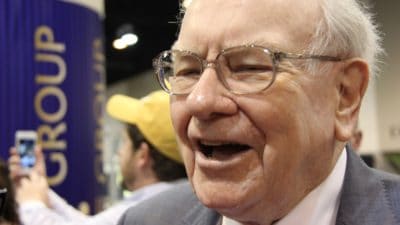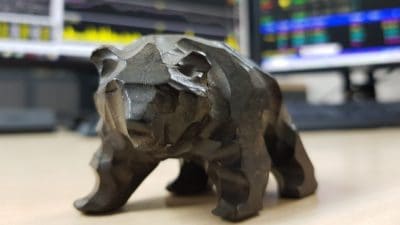It has been a terrible year for Glencore (LSE: GLEN) and Standard Chartered (LSE: STAN).
Indeed, year to date Glencore and Standard’s shares have slumped 52% and 23% respectively, as profits have slumped, and the costly mistakes of the past have come back to haunt the companies.
For example, Glencore announced a $790m write-down alongside a 56% fall in profits when it released its results earlier this month. A few weeks before Standard announced a drop in first-half pre-tax profit, a jump in impairment charges for bad loans and cut its dividend.
Unfortunately, these trends could continue and the two companies’ shares could fall further before they begin to turnaround.
China concerns
The health of China’s economy is the biggest concern for the majority of City analysts right now, but, in the words of Glencore’s CEO Ivan Glasenberg:
“At the moment none of us can read China…None of us know what is going on there and I’m yet to find the guy who can predict China correctly. China in the first half was a lot weaker than anyone expected.”
Both Standard and Glencore’s futures depend on the health of China’s economy. Standard is particularly reliant on the health of Asia’s largest economy.
Overweight
British-based banks are the largest foreign lenders in China, with a total of $221.2bn outstanding loans to China, which is more than double the volume of loans made by US banks. During the past year, the number of Standard’s outstanding loans to entities based in China expanded by 30%.
Also, around a fifth of Standard’s loan book is linked, directly and indirectly, to the commodity market — around $61bn in dollar terms, roughly 140% of the bank’s tangible net worth.
That said, the bank’s management is working hard to reduce the group’s direct exposure to the commodity market. Direct exposure has declined 11% since the end of 2014.
Still, there’s no escaping the fact that any prolonged Chines economic slowdown will hit Standard hard. Not only will the group suffer as loans to Chinese customers turn bad, the company will also feel the effect of falling commodity prices, which are under pressure due to declining Chinese demand.
Commodity giant
Like Standard, Glencore is suffering as China’s demand for raw materials slows and commodity prices slide. The price of coal and copper, Glencore’s two main commodities, has plunged to multi-year lows this year, and it doesn’t look as if prices will mount a recovery anytime soon.
Glencore has responded by slashing capital spending. Capex this year will be cut to $6bn and $5bn in 2016. However, the group has a $29.5bn debt pile to contend with many of Glencore’s mines have higher production costs those of mining titans BHP and Rio, both of which produce a similar range of commodities.
Still, while the future doesn’t look bright for Glencore, if you’re willing to take the risk, the company’s shares currently trade at 0.7 times book value. Glencore’s projected dividend yield is 8.3%, the highest in the mining sector.







